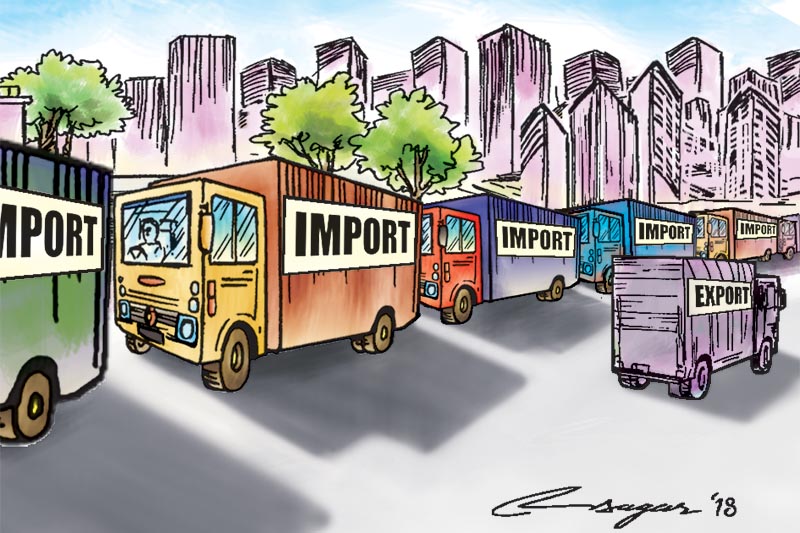Nepal has potential to raise exports four-fold to South Asian countries
Kathmandu, December 14
If the various existing trade barriers could be reduced through introduction of effective policies, Nepal has the potential to raise its exports to South Asian countries four-fold, states a World Bank report titled ‘A Glass Half Full’ that was launched here today.
Citing that such barriers in trade have held back intraregional trade in South Asia, the report mentions that intraregional trade has the potential to grow from its current value of $23 billion to $67 billion if these barriers are reduced, as per the report.
Intraregional trade in South Asia remains one of the lowest in the world and accounts for about five per cent of the region’s total trade, compared with 50 per cent in East Asia and the Pacific. Nepal mostly exports to South Asia and has a trade deficit of $10.8 billion, which is equivalent to 37 per cent of its gross domestic product.
The World Bank report has also assessed the gap between current and potential trade in South Asia and has given a roadmap for deepening regional trade. It has identified four critical barriers to regional trade, namely tariffs and para tariffs, real and perceived non-tariff barriers, connectivity costs and a broader trust deficit.
“Situated in the world’s fastest growing region, Nepal’s potential to expand trade in goods and services is promising,” said Faris Hadad-Zervos, World Bank country manager for Nepal, adding that addressing Nepal’s own protectionist policies will significantly help the country increase its exports not only to South Asia, but also to the rest of the world.
Furthermore, the report has stated that South Asian countries impose greater trade barriers for imports from within the region than from the rest of the world and more than one-third of intraregional trade falls under sensitive lists, which are goods that are not offered concessional tariffs under the South Asian Free Trade Area (SAFTA). “More than 36 per cent of Nepal’s imports from South Asia are under sensitive lists, more than any other country in the region,” according to the report.
Meanwhile, the report recommends targeting sensitive lists and para tariffs to enable real progress on SAFTA and calls for a multi-pronged effort to address non-tariff barriers, focusing on information flows, procedures and infrastructure.
Similarly, the report has also identified connectivity as a key enabler for robust regional cooperation in South Asia. Poor land and air connectivity prevent South Asian nations from reaping the benefits of shared borders, the report adds.
“There are no flights between Nepal and Sri Lanka, the Maldives, or Afghanistan. And only one flight per week between Nepal and Pakistan,” said Sanjay Kathuria, World Bank lead economist and lead author of the report, adding that the lack of connectivity is a key contributor to the high cost of trade between Nepal and South Asia and improving connectivity will take Nepal a long way forward.






